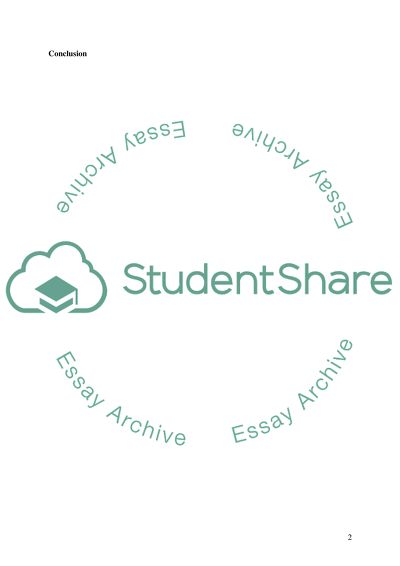Cite this document
(“Teenage Alcohol Abuse Essay Example | Topics and Well Written Essays - 1750 words”, n.d.)
Retrieved from https://studentshare.org/health-sciences-medicine/1504427-teenage-alcohol-abuse
Retrieved from https://studentshare.org/health-sciences-medicine/1504427-teenage-alcohol-abuse
(Teenage Alcohol Abuse Essay Example | Topics and Well Written Essays - 1750 Words)
https://studentshare.org/health-sciences-medicine/1504427-teenage-alcohol-abuse.
https://studentshare.org/health-sciences-medicine/1504427-teenage-alcohol-abuse.
“Teenage Alcohol Abuse Essay Example | Topics and Well Written Essays - 1750 Words”, n.d. https://studentshare.org/health-sciences-medicine/1504427-teenage-alcohol-abuse.


